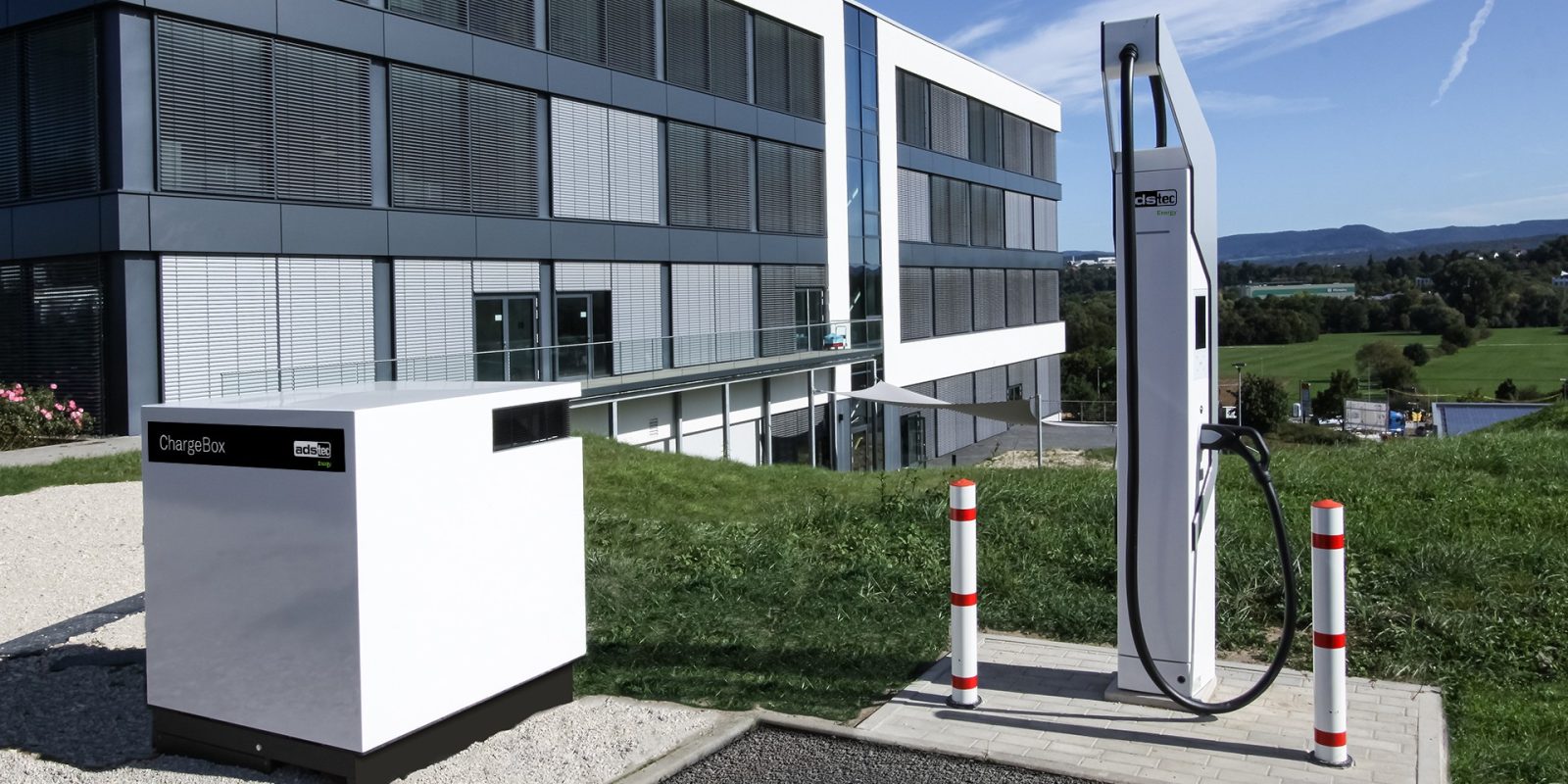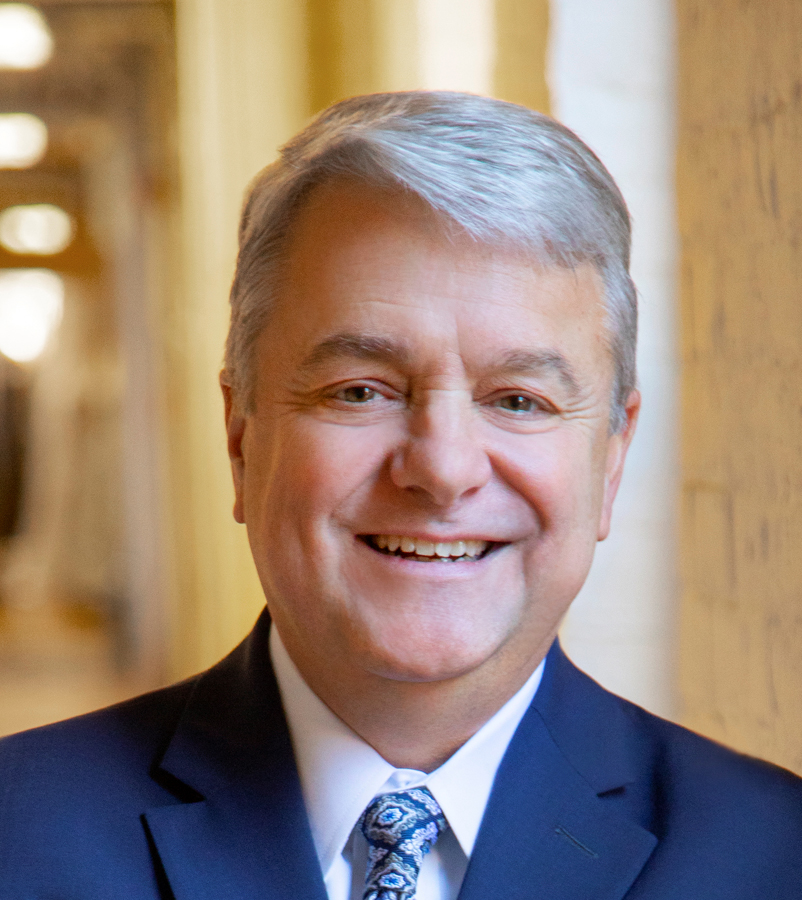
Are gas stations doomed in the long run, or is there an opportunity to reinvent them as a fast-charging destination stop for EV drivers?
Germany-based global ultrafast EV charging technology company ADS-TEC Energy sees the rise of EVs as a new opportunity for gas stations. Electrek spoke with John Tuccillo, global head of corporate and government affairs for ADS-TEC Energy, about what the reinvention of gas stations into superfast EV charging stations would look like and what it would take to make that happen.
Electrek: As we move to vehicle electrification, what do you think will happen to gas stations, and what are the challenges that gas stations face?
John Tuccillo: I believe that a number of societal trends – including the rise of electric vehicles – are giving gas stations an amazing opportunity to reinvent themselves to be more appealing to a new generation of drivers and become a deliberate destination. A recent McKinsey study encourages fuel retailers to seek growth opportunities by increasing the use of their existing real estate, recommending that they revamp convenience retail operations and enter the electric vehicle charging business.
The latter recommendation is especially urgent as the demand for EV charging is growing in lockstep with the demand for passenger and fleet EVs, buoyed by unprecedented industry and government support, as well as surging oil and gas prices.
Key challenges that gas stations face in making the move to EV charging are costs, space, and the potential disruption to their businesses while the install takes place.
Electrek: How can gas station owners convert their gas stations into fast-charging EV stations and reinvent themselves into a destination stop for EV drivers?
John Tuccillo: The easiest way to make the transition to a fast-charging EV station is to test the waters: If space is limited, take out one fuel dispenser and replace it with an EV charging dispenser with the least disruption possible.
One thing is clear: Gas stations must offer ultrafast – faster than L3 – charging technology. Anything less will require a customer to spend an hour or more at a gas station. While this may be appealing to their convenience store operations, it won’t be acceptable to their customers, and it won’t enable a steady flow of revenue-generating business.
However, installing ultrafast charging technology is challenging and can be extremely expensive. Existing infrastructure at most current station locations will require a major electrical overhaul to support ultrahigh-speed EV charging. Unless the gas station is along a major freeway corridor, it’s probably limited in its ability to access the high-powered electrical lines necessary to offer ultrafast charging. To do so requires getting permits, hiring a crew, digging trenches, pulling lines – and lots of money. But there’s a more reasonable alternative that enables installing ultrafast chargers on a service station’s existing footprint: battery-buffered technology.
Battery-buffered technology pairs energy storage with EV chargers to dramatically boost charger output from the available, existing electric grid. With buffering, 110-kilowatt input from the grid can be converted to output levels up to 320 kW. That enables ultrafast charging of the most power-hungry EVs on the market – including the Porsche Taycan, Tesla Model 3, and the forthcoming (and game-changing) Ford F-150 Lightning electric pickup – on existing power-limited grids in just 10 minutes, without additional infrastructure power upgrades. Even lower-input grids (50 kW) can be boosted to output up to 320 kW.
Electrek: Are there any standout service stations that have already made the transformation to electric?
John Tuccillo: My company is selling its ultrafast battery-buffered charger technology via resellers into service stations in Europe, and soon in the US. In fact, we just announced a strategic partnership with JOLT Energy, which will install 120 ultrafast chargers from ADS-TEC Energy at 60 ESSO (ExxonMobil) locations in key German cities in 2022.
We’ve already learned enough to share some best practices. When space is at a premium – as it is in most European gas stations – the value proposition of being easier and less costly to install is appealing. Combine this with a small, flexible footprint and quiet operation, and you have a recipe for success.
Our ChargeBox Booster, for example, which contains the batteries and power-boosting capabilities, is not just whisper-quiet, but it can be easily tucked away behind a building or positioned in another discrete location away from the actual charge dispensers. In some metropolitan locations, the noise of conventional chargers has been an issue, and there have been many lawsuits against operators associated with noise complaints.
A big advantage to the service station operator is that the EV driver is captive for a certain period of time – usually around 10 to 20 minutes. This is a real benefit for the on-site convenience store, as the EV driver usually visits to buy lottery tickets or grab a coffee and a snack.
Electrek: How can US charging infrastructure incentive funds support these efforts?
John Tuccillo: The US federal government’s plans and funding to accelerate the deployment of EV infrastructure in the US is both impressive and welcome. Each state that wishes to be considered for funding is responsible for providing their own Electric Vehicle Infrastructure Deployment Plan. [Editor’s note: All 50 states, the District of Columbia, and Puerto Rico have now submitted EV infrastructure deployment plans, reported the US Department of Transportation on Tuesday.]
To that end, the joint US Department of Transportation and US Department of Energy National Electric Vehicle Infrastructure (NEVI) program office recently published its draft requirements for any state wishing to secure a portion of this funding. In many cases, this federal funding can provide up to 80% of a charger’s capital and installation costs.
Service stations and convenience stores already meet some of the fixed funding requirements such as locations, access, etc. However, by using battery-buffered technologies, rather than the legacy L3 fast-charging approach, these stations can deploy more chargers, faster, without heavy business disruptions and lower total cost of ownership. Simultaneously, they will be providing their customers with significantly faster charging experiences, typically 10 minutes rather than 30-50 minutes.
Electrek: Are there barriers that could slow down this opportunity for service stations?
John Tuccillo: The central challenge is the question of the availability of adequate power at the station’s location. Today, most service stations do not receive 300kw service. It’s more likely 110kw or as low as 50kw. Drivers have “range anxiety,” particularly on long trips.
You see, for generations, drivers became comfortable with being able to find a service station easily, relatively close by, and have a quick refueling experience. These sentiments are understandably carrying forward to EV drivers.
For service stations to provide the same comfort in the emerging EV world, stations must be able to provide ultrafast charging with the same level of convenience and ease of location access they have become used to. Battery-buffered technologies make this possible now using the location’s current power, without waiting for the utility build-outs necessary for legacy L3 chargers.
Photo: ADS-TEC Energy

John Tuccillo is the global head of corporate and government affairs for ADS-TEC Energy, a global leader in battery-buffered, ultrafast EV charging technology. He previously served as a global business sustainability adviser to Fortune 500 companies and held executive positions for 15 years at Schneider Electric, most recently as corporate SVP of global industry and government affairs. John has more than 30 years’ experience as a global business leader within ICT and industry working within the hardware, software, components, and services categories.
UnderstandSolar is a free service that links you to top-rated solar installers in your region for personalized solar estimates. Tesla now offers price matching, so it’s important to shop for the best quotes. Click here to learn more and get your quotes. — *ad.
FTC: We use income earning auto affiliate links. More.




Comments